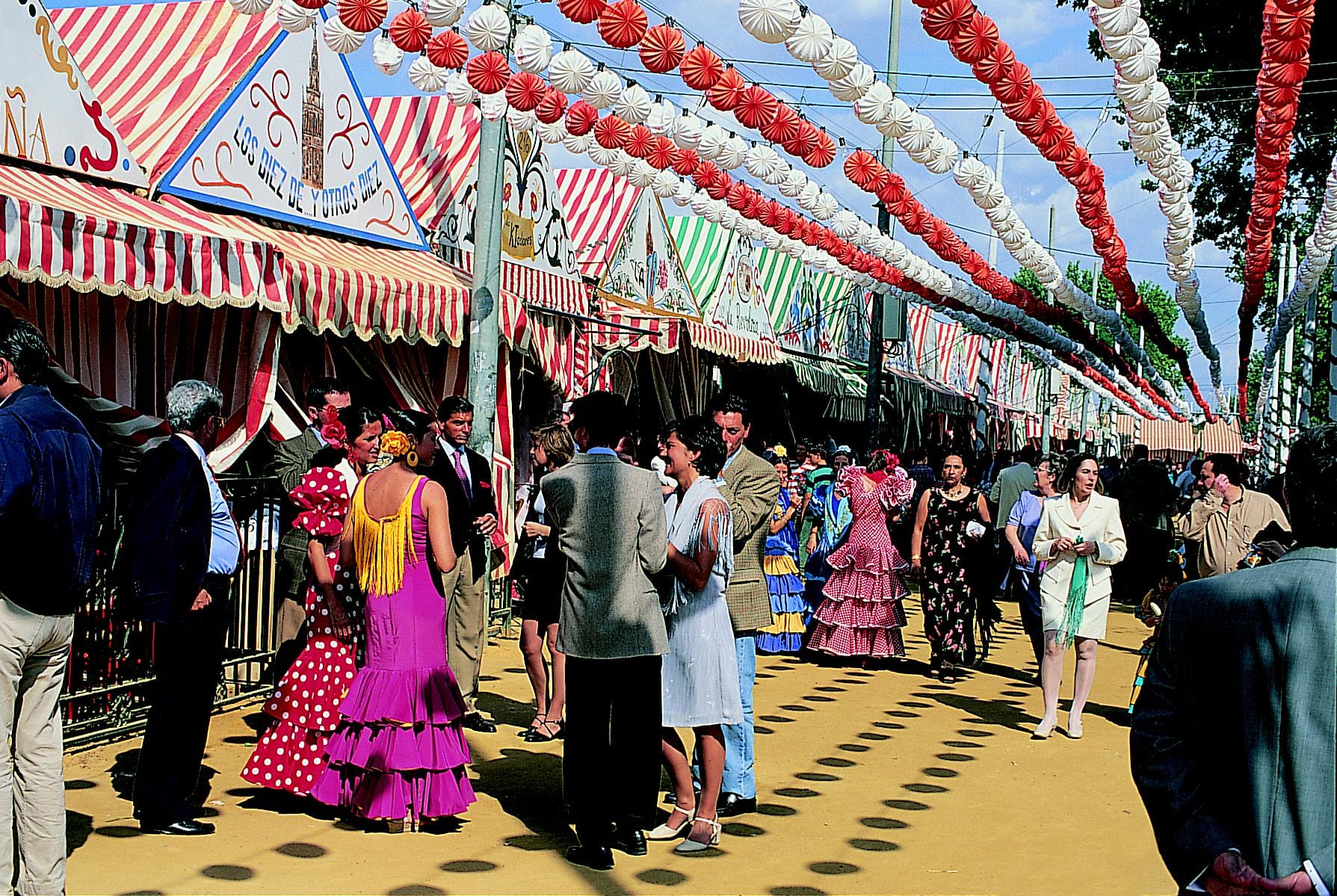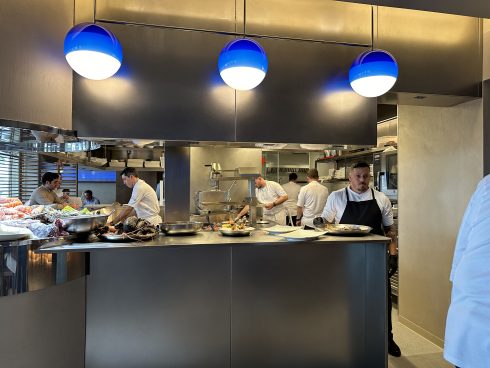STARTING as cattle markets (or occasionally, religious ceremonies), ferias have evolved into the cultural highlights of the year. They tend to be week-long events in the larger cities, and run from midweek to Sunday in the smaller towns.
Expect food, drink, loud music and flamenco dancing until dawn, along with fairground rides, horse parades and, often, a bit of wrangling or a display of horsemanship. If you happen to be living or staying near the feria grounds, you can also expect no sleep, at least, not at night.
The build-up starts weeks in advance, the events are spectacular, and the atmosphere is fantastic. Afterwards, everything goes quiet for a bit.
Feria week is the perfect chance to experience Andalucian culture at its most exuberant and colourful best, so here are six of the top events to put in the diary.
Feria de Abril, Sevilla (until Sunday April 20)
THE season has kicked off with the biggest, most famous and, many would argue, the best: Sevilla’s feria always begins two weeks after Easter Sunday. The pressure to create an event that’s at least as iconic as the last is huge, but there’s enough razzle-dazzle here to wow even the most jaded visitor.
Credit: Pixabay
Feria del Caballo de Jerez (May 4 -11)
JEREZ horse fair is among the most traditional of the ferias. The city is in the cradle of flamenco, and there is flamenco singing, dancing and guitar-playing year-round. The feria is the chance to notch things up. Fewer people wear traditional dress when attending these events in touristy Malaga and the Costa del Sol, but almost everyone sports a spectacular costume (traje) in Jerez. Aside from having fun and looking fabulous, the focus is on the horses (caballos). The finest of them from far and wide (some with riders, some pulling carriages) make mesmerising circuits of the fairground every day.
Credit: Flickr
Feria del Corpus de Granada (May 25 – June 1)
THOUGH less famous than the last two, Granada’s version has everything an Andalucian feria needs. Its unique highlights include a recreation of one of the city’s famous monuments done in lights at the entrance to the fairground. And, unlike in Sevilla, where you need friends in high places to invite you in to enjoy the action in majority of the casetas (or large tents with drinks and entertainment), the casetas here are open to the public, free of charge.
Credit: Flickr
Feria de Pedro Romero de Ronda (September 2 – 8)
PERHAPS a little controversial for many foreign and Spanish tourists, Ronda’s feria is named for the bullfighter Pedro Romero. The local population continues to embrace the theme and continue the Spanish tradition, with a series of bullfights known as the Corrida Goyesca. Away from the bullring, the streets of the historic town come alive during feria week with singing and dancing and all-round family-friendly entertainment.
Credit: Piqsels
Feria de Agosto de Malaga (August 17-24)
MALAGA’S feria runs for a marathon 10 days and nights, with events taking place in the historic city centre during the day, and at the fairground (located in the Cortijo de Torres district) at night. The usually international and touristy capital of the Costa del Sol reverts to full-on Spanish culture for the duration, with horses and carriages trotting around, and the sound of flamenco rhythms in the air.
Credit: Flickr
Feria de San Lucas de Jaen (October 15-23)
JAEN’S Feria de San Lucas is a chance to see deeper Spain. This is another of the more traditional fairs, with both male and female attendees dressed in fine flamenco wear, and it takes place against a stunning backdrop of hills and olives. As in Malaga, the action takes place in the town during the day, and moves out of the centre to the fairground at night, where flamenco eventually gives way to the roar of fairground and reggaeton, for a real mix of the modern and traditional.
Credit: Wikimedia Commons











